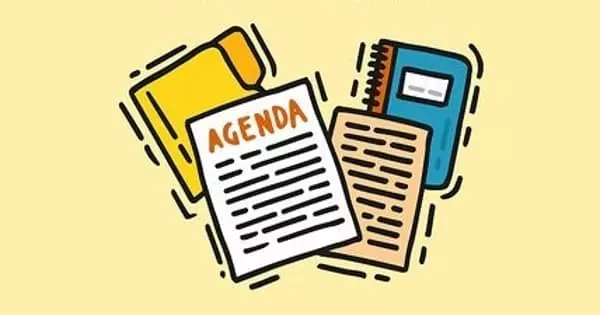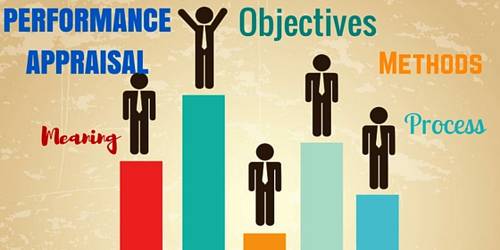Certainly, many meetings waste everyone’s time and appear to be held for historical rather than practical reasons; many long-standing committees are little more than memorials to long-dead problems. It would probably save a lot of managerial time if every committee had to discuss its own dissolution once a year and make a case for continuing for another year. If nothing else, this requirement would re-center the committee members’ minds on their goals and objectives.
A formal meeting plays an important role in every corporate business; however, it must be effective, and this section discusses how to conduct an effective formal meeting:
(A) Activities Before Conducting Formal Meeting;
Of course, time is money, and sitting around and guessing when the boss will arrive is a waste of a valuable resource. Employees take their cues from the person in the corner office when it comes to establishing an organization’s informal rules. Meetings will start on time if that person wishes for them too.
- Establish the goal – The need for a meeting should be clearly defined. When the goal is clear, it is simple to run a meeting.
- Inviting the Actual Participants – Only those members whose presence is required should be invited to the meeting.
- Make proper notification – The time, venue, and date of the meeting should be notified to every member before the meeting through proper media.
- Select and distribute agenda – An agenda is a roadmap that should be determined before the meeting and must be distributed to every member before the meeting.
(B) Activities During Conduct Formal Meeting;
Leave a few minutes at the end of each meeting to discuss the next steps. This discussion should include determining who is responsible for what and establishing deadlines. Otherwise, all of your efforts at the meeting will be in vain.
- Opening the meeting – The chairman should greet the attendees and open the meeting.
- Discussion – The chairman will provide an overview of the agenda and invite members to deliver speeches for discussion.
- Point of order – If any point does not pertain to a legal issue or aspect, any member may raise a point of order question.
- Point of Information – If any member has a question, they can ask for clarification at the point of information.
- Speaking through the chair – If any member wishes to contribute to the discussion, he or she may do so if the chairman so permits.
- Chair’s ruling – If a squabble arises during the discussion, the chairman has the authority to issue a ruling and bring the discussion to a close. His decision is final and binding.
- Highlight the decision made – To avoid confusion, the decision should be clearly stated to all members.
- State the plan of action – The chairman should state the plan of action in detail. The members’ approval is required in this case.
- Close the meeting – When the meeting is over, the chairman declares the closing of the meeting and thanks the members for attending and contributing.
(C) Activities After Conducting Formal Meeting;
The chairman should ensure that the minutes are properly recorded and distributed to the members.
At the conclusion of a meeting, the chairperson should remind members of their accomplishments and thank them for their contributions. Finally, the next meeting’s time and date should be set. Again, this is one common model for effective meetings; however, successful outcomes can be achieved in a variety of ways using a variety of strategies for a variety of purposes; therefore, adapt as necessary to specific situations.
(D) Follow up
You still have work to do after the meeting. Create and distribute an action list that summarizes what was discussed, what was resolved, and what steps need to be taken for issues that require further clarification. This should be taken directly from the meeting notes.
Make a point of thanking everyone who came and participated. They will be relieved to know that their time was valued. Update your timeline to reflect the meeting’s progress. Include the date of the next meeting, as well as what needs to be completed by then, in your update. Distribute the updated timetable.
















